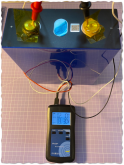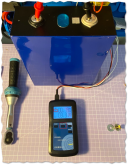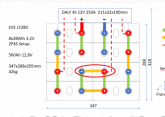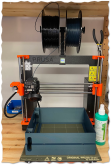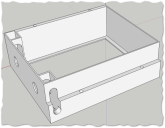I think that the truth lies somewhere in the middle. I don't think its fair to call using the battery at or near its rated limits "abuse" but I do think that its not ideal and leaves little margin.
Correct me if I'm wrong but I don't believe there is a magic C-rate above which your batteries are quickly and irreparably damaged and below which you are safe. I believe bulging batteries come from poor cells, overcharging or a combination of the two.
That said, most manufacturers reccomended C-rate is 0.5c, 0.3c, or 0.2c and I agree with you that its best (and usually not difficult) to design for much lower C rates.
Furthermore, the max continuous C-rate is relative to temperature. Some datasheets will have a table showing max continuous charge rate at different temperatures. Battery life will be best at lower c-rates. Here is an example from CALB:
View attachment 19346
On the other hand, if EVE says their cells can handle 1C, the included busbars should be bale to support 1C (or greater). If anything is a design failure I would say its this (though its an easy one to fix).




